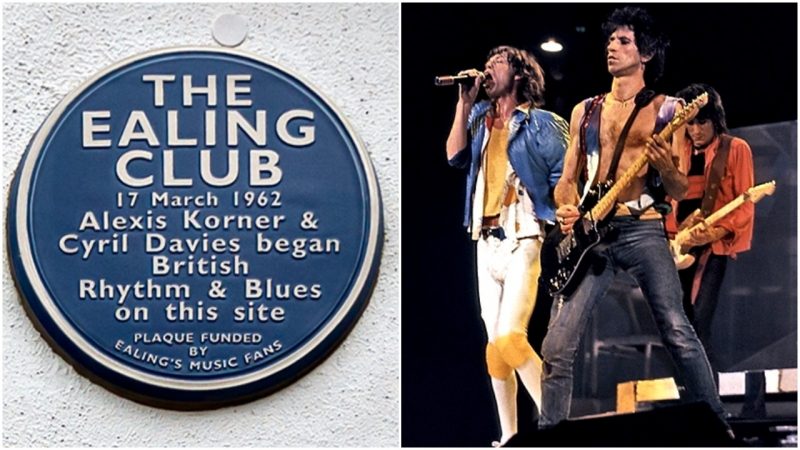Aside from being famous for the Ealing film studios, the suburban district of Ealing in London is famous as the birthplace of many genre-defining musical acts.
The Rolling Stones, The Who, Brand New Heavies and several members of The Jimi Hendrix Experience all hail from the famous suburb.
The venue that was central in the development of the British musical scene of the 20th century was the Ealing Jazz Club.
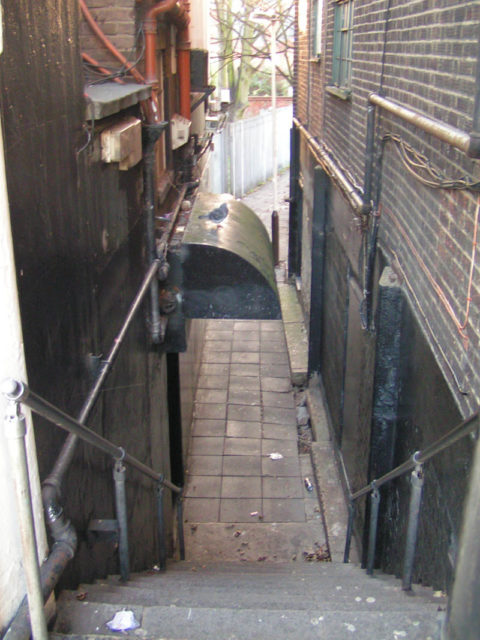
The venue was opened in 1959 as a jazz club managed by Fery Asgari, but it soon became famous as the club that introduced England to rhythm & blues. In January of 1962 the walls of the Ealing Jazz Club were shaken by the performance of Alexis Korner’s and Cyril Davies’ influential band Blues Incorporated, and afterwards it quickly became London’s central R&B club.
The venue’s capacity was 200 people, but it was frequently packed with more than 400 R&B lovers. As many as 400 more were scattered around nearby pubs, furious that they didn’t get to see the performances of their favorite musicians.
The famous Saturday night live sessions were held at the venue, and hosted numerous renowned musicians, including Ginger Baker, Mannfred Mann and Rod Stewart.
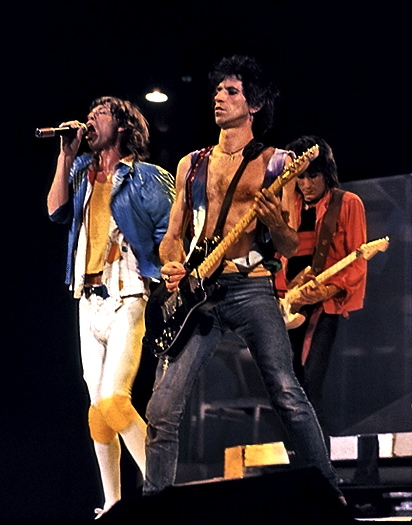
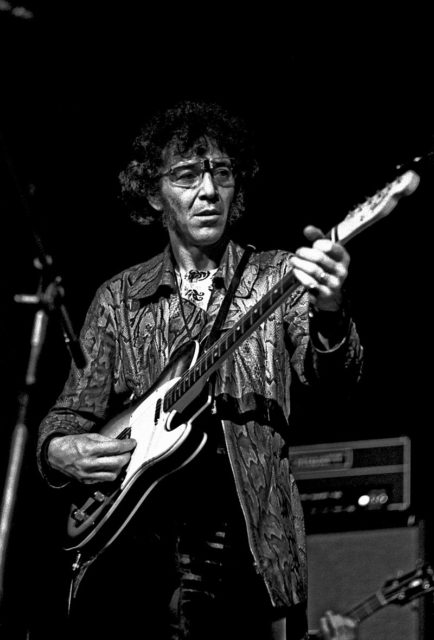
On the same famous night when Blues Incorporated played at the Ealing Jazz Club, another thing happened that shaped the future direction of music. Alexis Korner from Blues Incorporated, known as the founding father of British blues, introduced Mick Jagger and Keith Richards to Brian Jones, and the trio soon formed one of the most influential rock band ever- The Rolling Stones.
However, the venue operated as an R&B club for only a few short years. Under the pressure of the emerging disco culture, in the late 1960’s the Ealing Jazz Club became an artsy disco club named “Tabby”, the place of choice for many students of the Ealing Art College. Afterwards it became known as “The Red Room”, and is still known under that name.
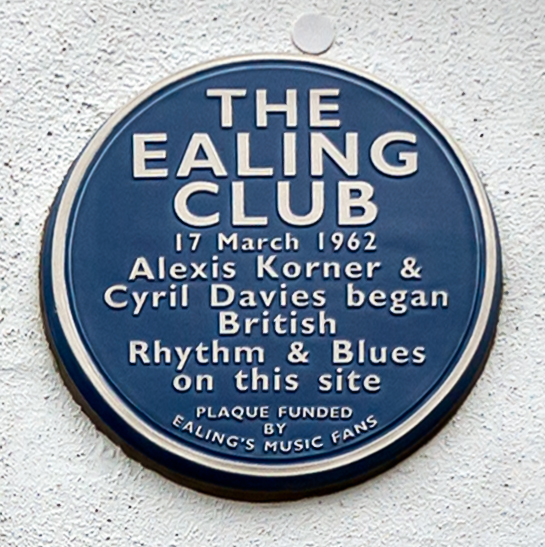
It became a popular place of the London’s contemporary clubbing scene, and its vintage blues and rock flair was replaced by the flashy atmosphere of contemporary electronica.
In 2011 musicians and music fans from all over Britain helped the residents of Ealing to bring live music back to the club. Nowadays, live blues and rock sessions are once again part of the venue’s schedule, and some of its legendary appeal has been restored.
